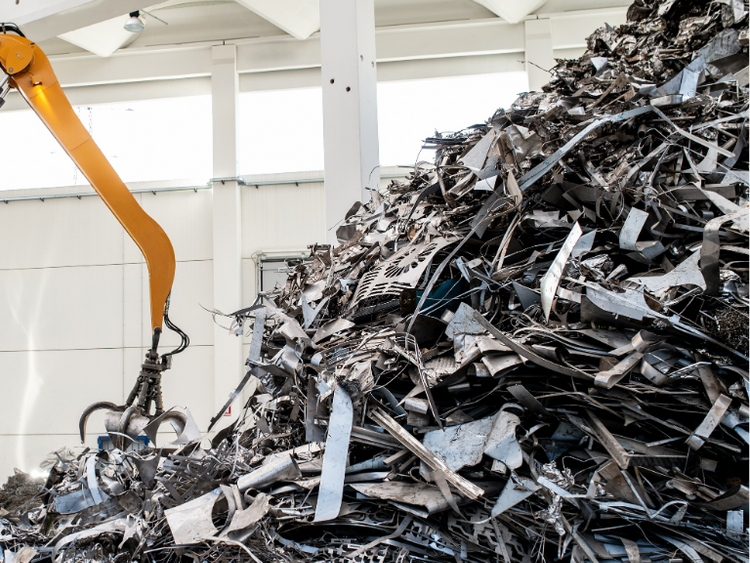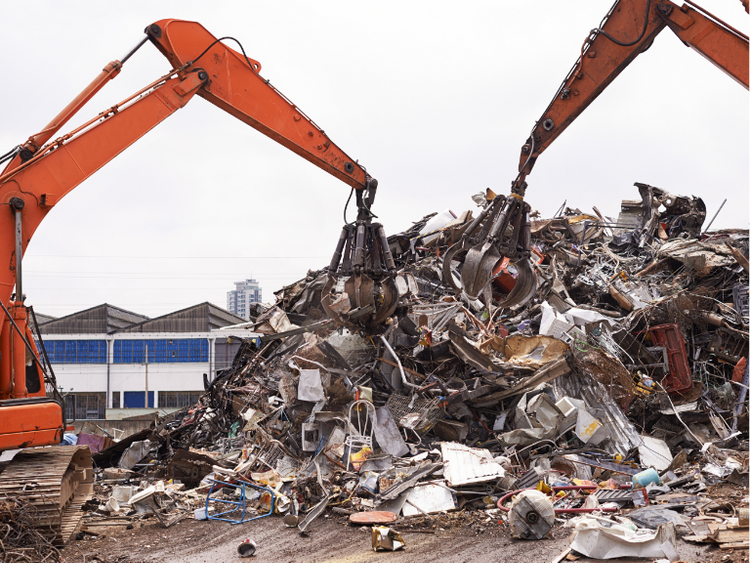Scrap Prices North America

Abrams: Ferrous Scrap Outlook "Better" in 2020
Written by Tim Triplett
December 12, 2019
What’s ahead for the scrap market in 2020? Ben Abrams, president and CEO of Consolidated Scrap Resources, Inc., in York, Pa., offers the following prognostication:
It’s always difficult to predict what will happen to ferrous scrap prices even a few months ahead of time, let alone for the full year, because the ferrous market is so influenced by outside macro factors, and the industry itself is fragmented and opaque. But we can highlight a handful of factors that will impact markets in the coming months.
I admittedly would never have predicted back in January that 2019 would be as challenging as it turned out to be. Back then, there was evidence that the manufacturing sector was slowing, but expectations were that it would level off and demand would improve, and with it buyers would step in to buy steel and temper the downward move in prices. Alas, that didn’t happen. Manufacturing did not improve, and actually got worse as the year went on, and buyers retreated from the steel market by springtime, pushing prices even lower until they found a bottom in June. That same situation repeated itself later in the summer only for the market to find lower lows.
Scrap markets tracked those same movements until the low price levels reached in the early fourth quarter of 2019 ultimately broke the scrap collection system again. Once scrap inventories dried up, the market moved higher in a supply squeeze in November and December. The scrap collection system will repair itself in time if manufacturing, and along with it steel demand, stabilize and perhaps improve.
As we end 2019, scrap prices are $60+ off the bottom in October, with more increase expected in January (at least $20/GT). Those increases are necessary to get scrap flows coming back to processors. But even with a January increase, scrap prices will be well below where they were a year ago (even after scrap prices actually dropped $30 in January). The question is what will happen after January 2020, and that depends on steel demand. The newcomer mills, which will eventually bring more scrap demand, are not really market movers yet. So, the landscape has not changed yet where demand is clearly there to drive scrap prices higher—we are some period of time away from that. But in the meantime, several factors suggest we could begin to see some scrap stability into 2020:
- The Federal Reserve is no longer tightening— will that help improve U.S. manufacturing?
- Oil prices seemed to have bottomed and may rise—that’s always a good barometer for scrap.
- The scrap collection system will take time to repair—if prices fall again it will take longer and supply will stay more constrained than it was a year ago. This may prove problematic for supply and support prices in the winter and early spring if mill utilization stays near 80 percent.
- Will emerging markets begin to recover and their currencies strengthen against the U.S. dollar?
All of these things are real “maybe’s” right now, but any one or a combination of them could help scrap pricing stabilize and maybe improve. The last time we went through a really tough year was 2015. We had more inventory to work off then and imports took a longer time to slow down. 2016 was a tough year but much better than the prior one, certainly until after the election when we really began to see broader economic improvements. At this point, though, I predict 2020 will look similar to 2016—not really easy but a good bit better than 2019. A year from now, my guess is pricing should be better than where we are today.

Tim Triplett
Read more from Tim TriplettLatest in Scrap Prices North America

HRC vs. busheling spread widens again in July
The price spread between prime scrap and hot-rolled coil widened marginally again in July.

US ferrous scrap market lands flat in July
The US ferrous scrap market settled sideways in July.

HRC vs. prime scrap spread widens in June
The price spread between HRC and prime scrap widened in June.

Ferrous scrap pricing sideways in June
Ferrous scrap prices in the US have remained stable from May to June.

HRC vs. scrap spread widens over $150/ton in March
The HRC vs. prime scrap spread increased again in March.
